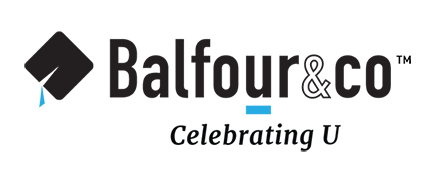The pandemic catapulted all marketers into an overall shift in the way consumers shop. We are all experiencing a new landscape and now more than ever consumers are engaging with ecommerce platforms. Since March, we have been hard at work testing new digital strategies and meeting consumers where they are to assist our clients during this time. 30% of U.S. consumers are going to stores less frequently, and 21% are buying more online².
Are you prepared to adapt your ecommerce marketing strategy to accommodate altered consumer behavior – and accelerate performance through 2021 and beyond?
We put together THREE key learnings to provide you with TACTICS to conquer the Spring Ring Season to ACCELERATE SALES!
#1. Measure Every Marketing $1 You Spend
You must diversify your marketing strategy. If you can’t measure the marketing tactic then you must think long and hard on whether it’s worth the spend. With uncertain times there is pressure on top line revenue. Most likely you will not have the flexibility to spend more marketing dollars, but now more than ever those marketing dollars matter. Take a close look at what you spent money on in the past and shift it to digital marketing tactics that drive sales with a measured ROI.
Your overall goal should be that 70% of your marketing mix is digital. It’s easier to measure digital performance and that is where your consumer are spending most of their time interacting with brands.
We did this exercise across the company and even shifted monies from non-marketing related expenses like travel, conferences and print to digital marketing. This isn’t to say that those expenses should cease; dissect those expenses and aim to shift at least 30% to digital marketing then add tracking to those remaining print marketing pieces.
Once you have a good idea of your total budget then focus on profitability, set a threshold for every $1 you spend. A good target on investment on every $1 is to make at least $2 - $5 return. If you fall below it, take a look at the following: the channel, customer interaction and behavior with your AD, the flow from your AD to the desired outcome, how many steps it takes from your AD to purchase, the quality and demos of the customers coming to your site, and the AD itself. Adjust based on your learnings and run the ads for another 2-4 weeks. If that doesn’t work, think about switching channels.
We use QR codes and a unique URL so we can measure the revenue coming from print marketing pieces. Another example we have found to be successful “Text to Join” campaigns so you can meet the consumer on their phone! Lots of paper is a thing of the past. Printing is expensive and since most companies are going paperless/cashless why would you dump money into expensive handouts that end up in the trash?


#2. Pay Attention to the Entire Consumer Journey
Don’t stop at the ads you create. Pay attention to what you are asking the customer to do in the ad, do it and see if the customer journey on your website is simple from browsing to check out. A Big part of website design is called “UX” or user experience. Looking at UX, you want to ensure your site browsing experience is on par with an in-store shopping trip. We have seen, firsthand, sales rise when you pay attention to the UX of your website. You have to think about the conversion funnel top to bottom: awareness, consideration, conversion. We have been hard at work to test strategies to guide customers to a quick mobile check out for years, and I guarantee if you can’t navigate easily on your phone you are losing sales.
In addition to the current customers, think about your entire audience. Sometimes simple solutions such as free shipping, % off for sales over a certain $ amount, or gifts will drive customers to buy more. In additions, think about the timing of promotions. At Balfour, we employ all of these tactics at different times throughout the season and always see sales boosts with increased AOV. We typically reserve discounted sales to non-buyers at least 45 days after their peak buying season ends. We do focus on holiday promotions for certain products and discounts on upsells year around. This tactic works well and makes the consumer feel like they can save on items they may really want.

#3 The two most important words are DIGITAL and MOBILE
With more people opting to stay home for safety, reaching shoppers will mean engaging them on their devices including iPhone and Android. Make sure your ads and mobile experience looks good on a phone. Always test it on different devices to make sure the buttons don’t get cut off, that you can read the font, and that the check-out flow and selections still work on a smaller screens.
Something might look great on your desktop monitor, but as soon as you shrink it to a phone the message gets lost. Be C.R.E.A.T.I.V.E, use emojis 👨🎓, use bold font and ALL CAPS to draw attention to something you are trying to say! It really can make a difference.

